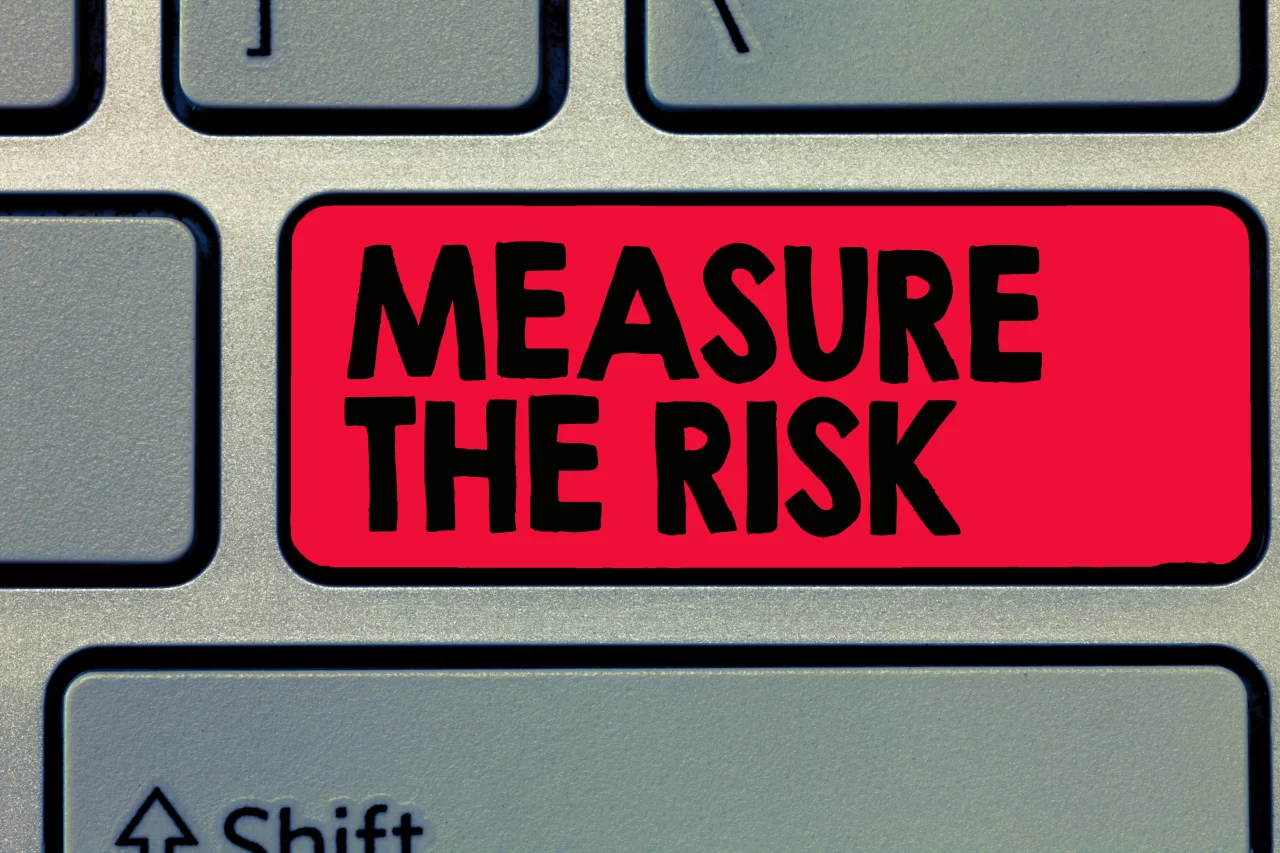As the age of technology advances the cyber threats are becoming more sophisticated and complex. Managing risks and preserving sensitive data for organizations is becoming more difficult. It often becomes overwhelming to determine which threats are more harmful to your organization, given the volume of existing vulnerabilities to be addressed. This is where risk-based vulnerability management (RBVM) comes in. An efficient method for helping firms prioritize their vulnerabilities and manage them is risk-based vulnerability management. With this article, we will explore Risk based approach to vulnerability management, its benefits and how it can be integrated into your organization’s cybersecurity strategy.
What is Risk-Based Vulnerability Management?
Identifying and evaluating potential security risks to a company’s computer systems and networks is done through the process of what is called risk-based vulnerability management (RBVM). This entails investigating the risks presented by each discovered vulnerability and then taking the necessary steps to lessen the risks that pose the greatest harm to the organization’s operations.
With RBVM, organizations can take the necessary precautions to protect their computer systems and networks and concentrate their resources on the greatest dangers. This can assist them in strengthening their entire security posture, meeting regulatory obligations, and more effectively allocating resources.
Why is Risk-Based Vulnerability Management Important?
- Focus on High-Risk Vulnerabilities: RBVM helps organizations identify and evaluate vulnerabilities based on their potential impact. This allows them to take the necessary precautions to protect their computer systems and networks and concentrate their resources on the greatest dangers
- Resource Allocation: Prioritizing vulnerabilities enables businesses to focus their resources on the most serious concerns. This aids them in preventing the waste of resources on low-risk vulnerabilities that could not actually provide a serious threat.
- Compliance: Helps in validating and identifying vulnerabilities that may lead to non-compliance, the RBVM helps enterprises to be compliant with various legal standards such as PCI DSS, GDPR etc.
- Systematic Process: Organizations can manage vulnerabilities using a methodical, repeatable procedure with its help. This enables them to regularly and successfully manage vulnerabilities over time.
- Improved Security Posture: It assists enterprises in enhancing their overall security posture and lowering the probability of successful cyberattacks by helping them manage vulnerabilities more efficiently.
The Risk-Based Vulnerability Management Process
The Risk-based vulnerability management process involves the following steps:
Step 1: Identify Assets: Finding hardware, software and data assets that need to be protected is the first step in the RBVM procedure.
Step 2: Identify Vulnerabilities: Finding vulnerabilities that can potentially affect the specified assets is the next step. Tools like vulnerability scanners and penetration testing can be used for this.
Step 3: Assess Risks: The risk assessment process for each vulnerability is the next stage.
This entails taking into account how each vulnerability can affect the organization’s operational business processes.
Step 4: Prioritize Vulnerabilities: Based on the risk assessment and possible impact on the organization’s business operations the vulnerabilities are prioritized.
Step 5: Mitigate Vulnerabilities: The final step of vulnerability mitigation requires taking proper steps to lessen the risk posed by each vulnerability. This can entail applying software patches, altering configuration options, or adding new security measures.
Conclusion
Risk-Based Vulnerability Management is a successful strategy that helps companies in prioritizing their vulnerabilities and managing them effectively. Organizations can enhance their overall security posture, adhere to regulatory standards, and more efficiently use their resources by following a methodical and repeatable approach. RBVM is quickly becoming a crucial component of an organization’s cybersecurity strategy as a result of the complexity and sophistication of cyber-attacks rising.
Thank you for reading about Risk-Based Vulnerability Management and how it can benefit your organization. If you’re interested in implementing RBVM in your cybersecurity strategy, consider trying out ASPIA, our advanced vulnerability management product. Contact us today to learn more about how ASPIA can help you enhance your cybersecurity posture with RBVM.





